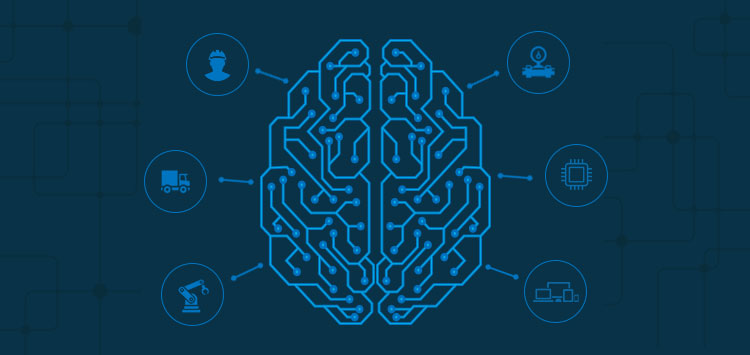How are CIOs successful at Machine Learning Implementation?
- Home
- Blog
Published on 10th July 2018 | Bhushan Patil

In today’s world, CIOs are at the forefront of adopting Machine Learning to drive digital transformation and reimagine their enterprise processes. According to a survey, ‘The Global CIO Point of View’ conducted by ServiceNow & Oxford Economics, across 25 sectors in 11 countries and completed by 500 CIOs, over 50% of Enterprise CIOs have already started investing in their Machine Learning initiatives. They reported that machine based intelligent decision making is more accurate than the decisions made by humans.
Deploying right ML platform for insightful data patterns and predictions to generate transformative business strategies is critical for any enterprise to become successful. However, effective Machine Learning implementation is not a walk in the park. Many CIOs have cited data quality as a huge limiting factor, since data is not always organized in a way that is compatible with ML algorithms. Launching and maintaining effective machine learning strategies for companies require enterprise machine learning consulting expertise. Truth is, each enterprise has unique business challenges and may need a uniquely designed custom ML solution.
Machine Learning Implementation - How CIOs are successfully doing it?
Just like constructing a building follows a blueprint, successful ML implementation requires procedural execution of several phases, better understood as Machine Learning development lifecycle. Many CIOs of various enterprises are achieving success in their ML initiatives through the lifecycle approach. Let’s take a walk-through of each phase of ML development lifecycle.

-
Understanding Business Requirements
Before anything else, CIOs make ensure that they have identified, clearly defined and understood the business scenarios & challenges to be solved. Without a clear understanding of their data source, size of the data and how to move their existing data to cloud, a ML project could as well be doomed. You cannot really solve or improve a situation you don’t really understand, right?
-
Exploratory Data Analysis
In this phase, Machine Learning experts ensure to undertake data pre-processing steps including slicing and dicing data, data cleaning, integration, transformation, reduction, discretization, and more. This helps in considering the right valid data for analysis and that the right metrics are defined; leading to accurate results and not to poor insights & decisions.
Customer Success Story
World’s leading Renewable Energy Solutions provider goes cutting-edge to build Advanced Analytics Engine with Predictive Machine Learning Algorithms powered by Azure; for Wind Mills Monitoring & Multiple Conditions analysis.
-
Modeling
Modeling involves building models by identifying methods & techniques breaking the data silos. This includes feature engineering, selection, training, and evaluation. Also, includes learning with counts to improve existing data, models and codes for even better results. This helps in defining & choosing right modelling technique to run on the right data.
-
Optimization/Tuning
This stage involves defining a set of parameters to test different learning constraints. The data scientists do cross-validation to test the model’s capability to generalize. Afterward, the team defines metrics, train and come up with evaluative criteria to judge the model. They tune the model as per the output needed and test it again for evaluation.
-
Deployment and Operationalization
During this stage, the ML team document the built code, functional & technical specifications, data architecture models, data flow diagrams from the sandbox environment and document the results as well to map. And, they operationalize the results and plan to deploy the project into the production environment; thus, publishing the model to consume as a web service on cloud.
Now is the time to transform your business with Machine Learning
Machine learning is revolutionizing business processes. If you haven’t yet explored its potential, it’s about time you did. ML is the key factor changing how enterprises can obtain data-driven insights by providing quick, precise approach to advanced analytics for newer levels of intelligence and automation. ML is therefore a must-have tool in a CIOs toolbox. Many have expressed that ML will replace manual & repetitive processes in businesses, save time and enable the workers to perform more value-added work, thus, increasing productivity.